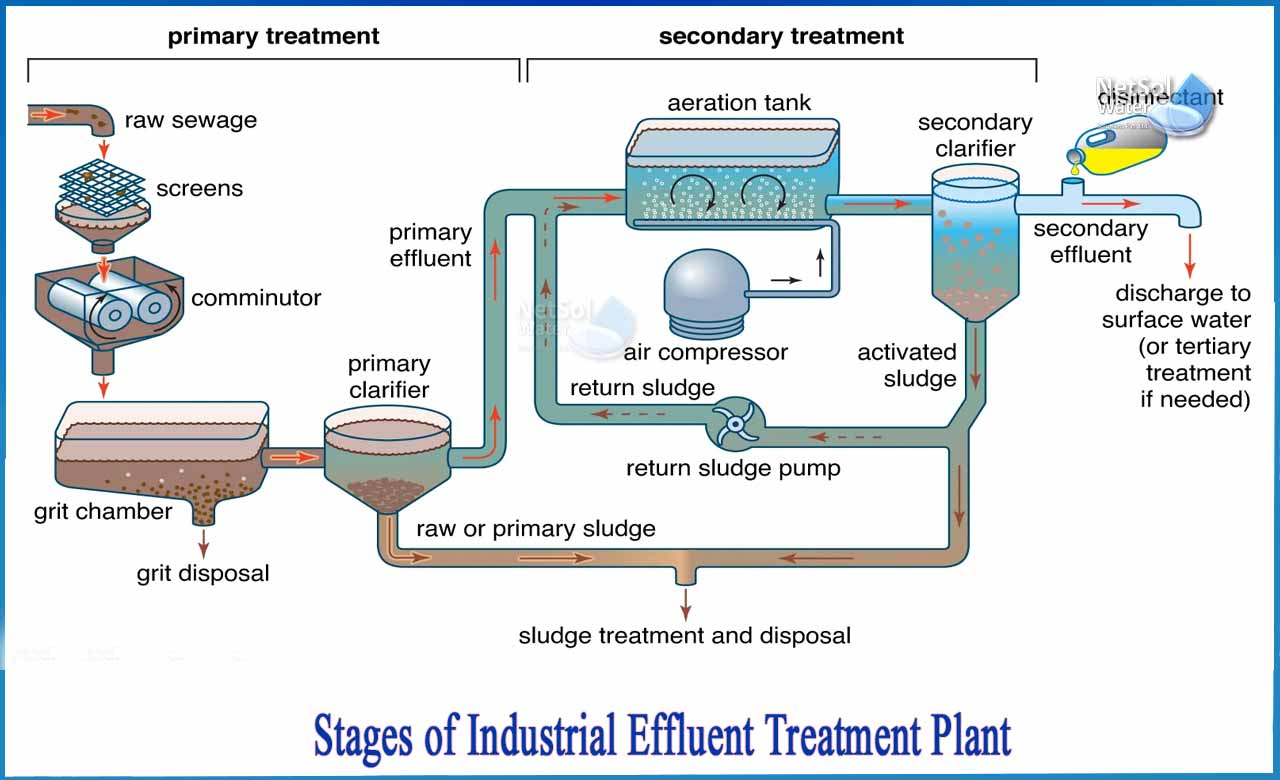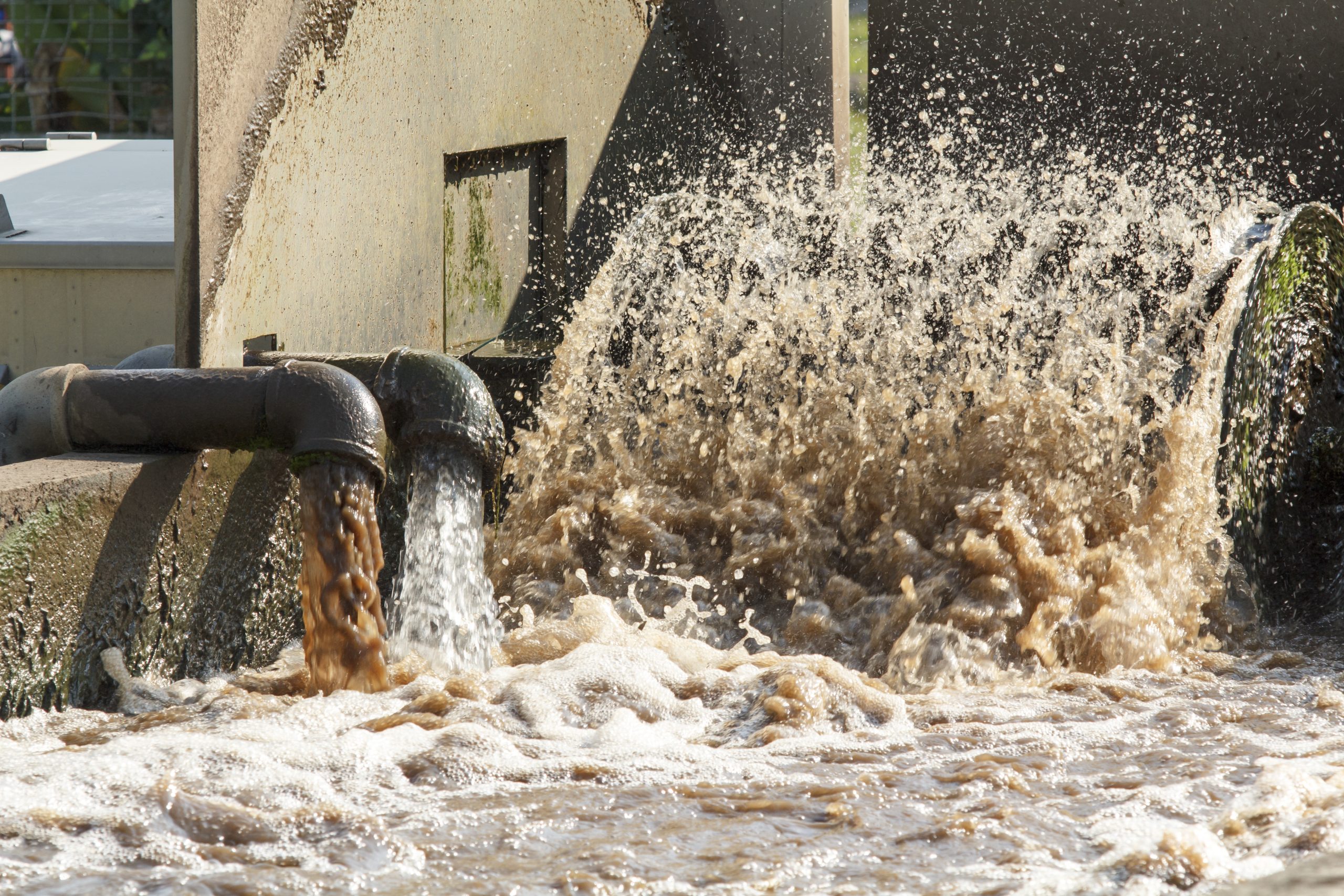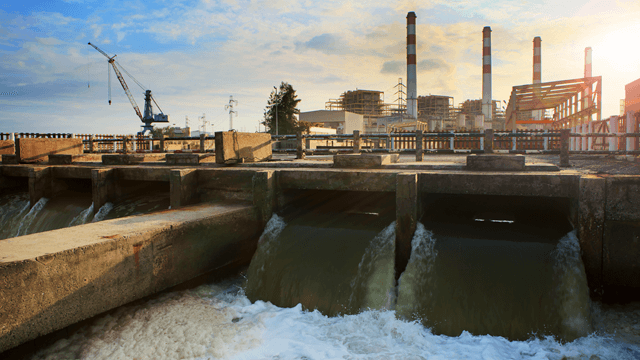Industrial Waste Water Treatment-- Secure the Environment with Specialist Water Treatment Solutions
Industrial Waste Water Treatment-- Secure the Environment with Specialist Water Treatment Solutions
Blog Article
Advancements and Breakthroughs in Industrial Waste Water Therapy Technologies
The landscape of industrial wastewater therapy is undertaking a transformative shift, driven by innovations that enhance both effectiveness and sustainability. Arising innovations, such as membrane bioreactors and microbial fuel cells, are redefining impurity elimination processes while adding to energy generation. Resource recuperation techniques are acquiring grip, lining up with round economic situation concepts. As governing standards develop, the assimilation of AI and artificial intelligence right into wastewater monitoring systems assures to streamline procedures and ensure conformity. Nevertheless, the full ramifications of these advancements raise important questions regarding their scalability and lasting influence on sector techniques.
Introduction of Waste Water Therapy Technologies
Wastewater treatment technologies encompass a variety of approaches designed to eliminate contaminants from commercial effluents before their release right into the atmosphere. These modern technologies are critical for preserving eco-friendly equilibrium and making certain conformity with environmental regulations. The main categories of wastewater therapy include physical, chemical, and organic techniques, each serving distinctive objectives based upon the nature of the pollutants present.

Organic treatment techniques use microbes to degrade natural matter, making them specifically effective for organic-rich effluents. Techniques like turned on sludge and biofilm reactors harness the natural destruction abilities of germs, leading to substantial reductions in biochemical oxygen demand (BOD)
Advanced Filtering Methods
Advanced filtering strategies represent an essential advancement in the realm of industrial wastewater therapy, boosting the effectiveness of contaminant removal procedures. Industrial Waste Water Treatment. These techniques incorporate a variety of innovations, including microfiltration, ultrafiltration, nanofiltration, and reverse osmosis, which provide sequential barriers for numerous fragment sizes and chemical structures
Microfiltration and ultrafiltration make use of membrane layer systems to remove suspended solids, microorganisms, and bigger organic particles, enhancing the high quality of effluent before further treatment. Nanofiltration bridges the space between ultrafiltration and turn around osmosis, effectively eliminating divalent ions and organic compounds, hence lowering the load on downstream processes.
Reverse osmosis offers the highest degree of filtration by permitting only water and tiny particles to go through its semi-permeable membrane layers, making it optimal for recovering high-quality water from commercial effluents. Recent advancements in membrane layer innovation, including the advancement of more fouling-resistant and resilient products, have actually significantly improved operational performance and minimized prices.
Incorporating these sophisticated purification strategies not just improves the total therapy process however also adds to sustainability efforts by enabling water reuse and source healing in industrial settings. (Industrial Waste Water Treatment)
Biological Treatment Innovations

Furthermore, the development of crafted organic systems, such as membrane bioreactors (MBRs), integrates organic therapy with advanced membrane purification. This integration permits higher effluent top quality and lowered impact, making it appropriate for space-constrained commercial facilities. Innovations in genetically crafted microorganisms have additionally arised, boosting the biodegradation of details pollutants, such as pharmaceuticals and heavy steels, that are generally testing to remove.
Additionally, the execution of bioaugmentation approaches, where beneficial microbes are presented to enhance the existing organic therapy processes, has actually revealed encouraging cause enhancing therapy efficiency. These innovations jointly represent a fad in the direction of more reliable and sustainable organic treatment techniques that can adjust to the evolving complexities of commercial wastewater streams. As industries remain to prioritize environmental compliance, these biological developments will play a crucial duty in wastewater administration.

Source Healing Approaches
In commercial setups, the assimilation of resource recovery approaches has actually come to be increasingly essential for boosting sustainability and reducing waste. These techniques concentrate on extracting valuable materials and energy from wastewater streams, thereby changing possible toxins right into recyclable sources.
One prominent approach is nutrient healing, where nitrogen and phosphorus, commonly present in excess in wastewater, are captured and converted right into plant foods. This not just reduces ecological influences yet likewise gives a round economic situation option for farming applications. Additionally, modern technologies such as anaerobic food digestion enable the conversion of organic waste right into biogas, an eco-friendly power source that can counter nonrenewable fuel source use in commercial operations.
Moreover, advanced purification and membrane technologies assist in the healing of commercial spin-offs such as steels and salts. These recouped products can be rehabilitated into manufacturing procedures, lowering the demand for virgin sources.
Future Trends in Drainage Monitoring
As industries increasingly prioritize sustainability, the future of wastewater administration check out here is readied to undergo considerable changes. Technical improvements, such as expert system and artificial intelligence, will allow extra efficient surveillance and management of wastewater systems. These modern technologies can predict upkeep needs, optimize therapy procedures, and boost decision-making, ultimately minimizing operational expenses and ecological effect.
Moreover, the integration of circular economic situation principles will play a critical duty in wastewater monitoring. Industries are anticipated to change in the direction of systems that not only deal with wastewater however additionally recover useful sources, such as nutrients, water, and energy. This shift will certainly decrease waste and advertise the reuse of products, aligning with global sustainability objectives.
Arising treatment techniques, such as membrane layer bioreactors and progressed oxidation procedures, will certainly even more enhance the performance of wastewater therapy, permitting better effluents appropriate for reuse. In addition, regulatory structures are most likely to develop, highlighting stricter standards for wastewater discharge and motivating sectors to take on innovative therapy solutions.
Final Thought
To conclude, the development of commercial wastewater therapy modern technologies shows a considerable change towards improved effectiveness and sustainability. Developments in advanced purification strategies, organic treatments, and source recuperation techniques highlight the market's dedication to ecological stewardship. The assimilation of expert system and artificial intelligence better enhances these procedures, guaranteeing regulatory compliance and promoting a circular economic climate. Continued developments in these locations will certainly play an essential role in forming the future of wastewater management and shielding important water sources.
The landscape of industrial wastewater therapy is going through a transformative shift, driven by developments that enhance both efficiency and sustainability.Wastewater see here treatment innovations include an array of methods developed to remove pollutants from commercial effluents prior to their launch right into the atmosphere.Using the power of biological processes has actually led to significant technologies in the treatment of commercial wastewater.In addition, the implementation of bioaugmentation techniques, where valuable microorganisms are introduced to boost the existing biological therapy processes, has actually revealed appealing outcomes in improving therapy performance. These developments collectively symbolize a trend in the direction of more reliable and sustainable biological therapy methodologies that can adapt to the developing intricacies of commercial wastewater streams.
Report this page